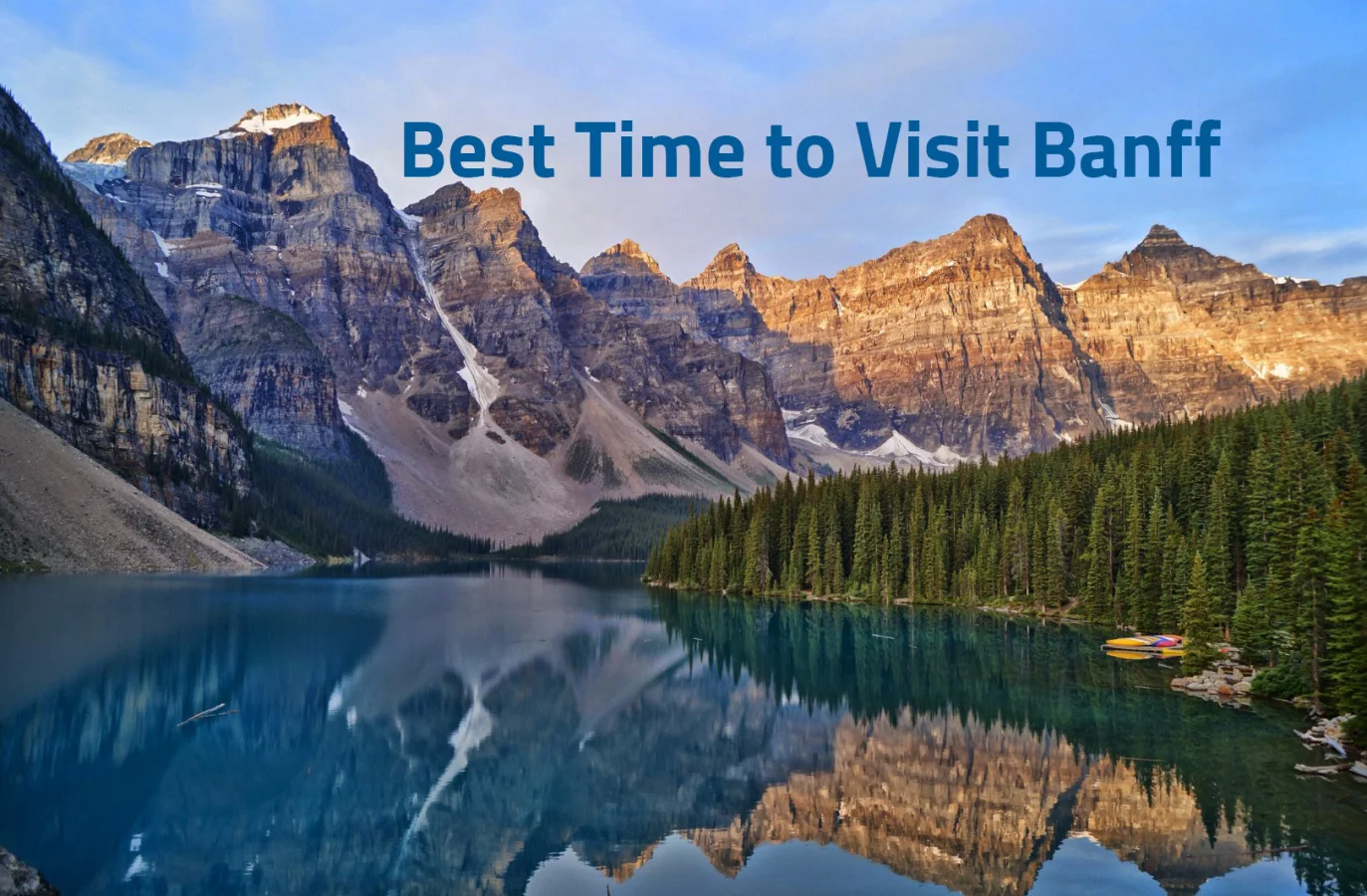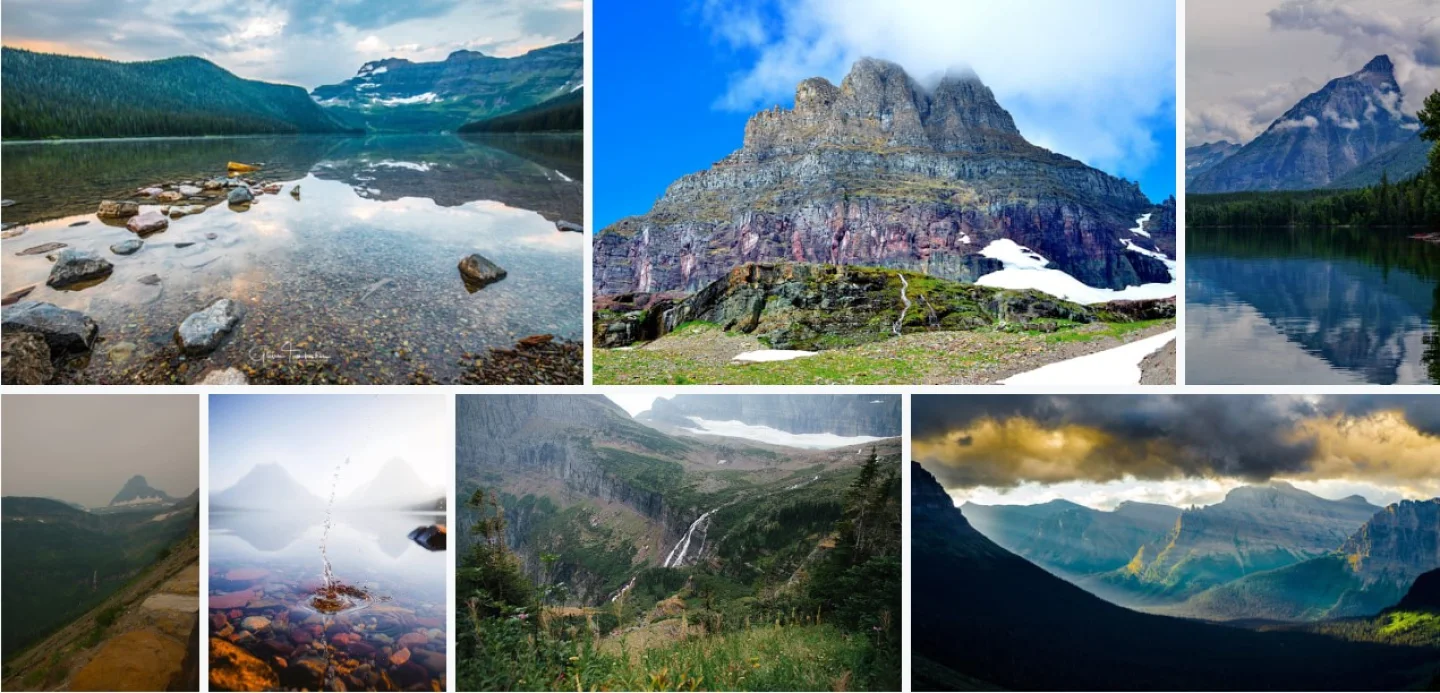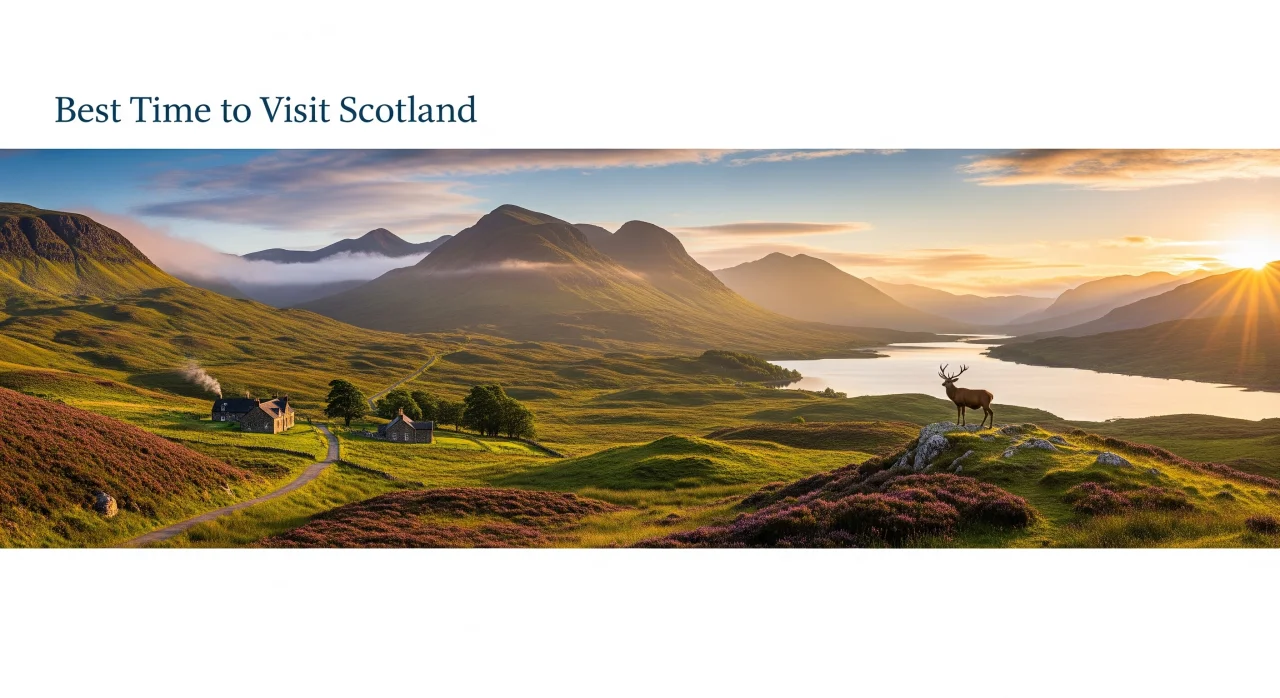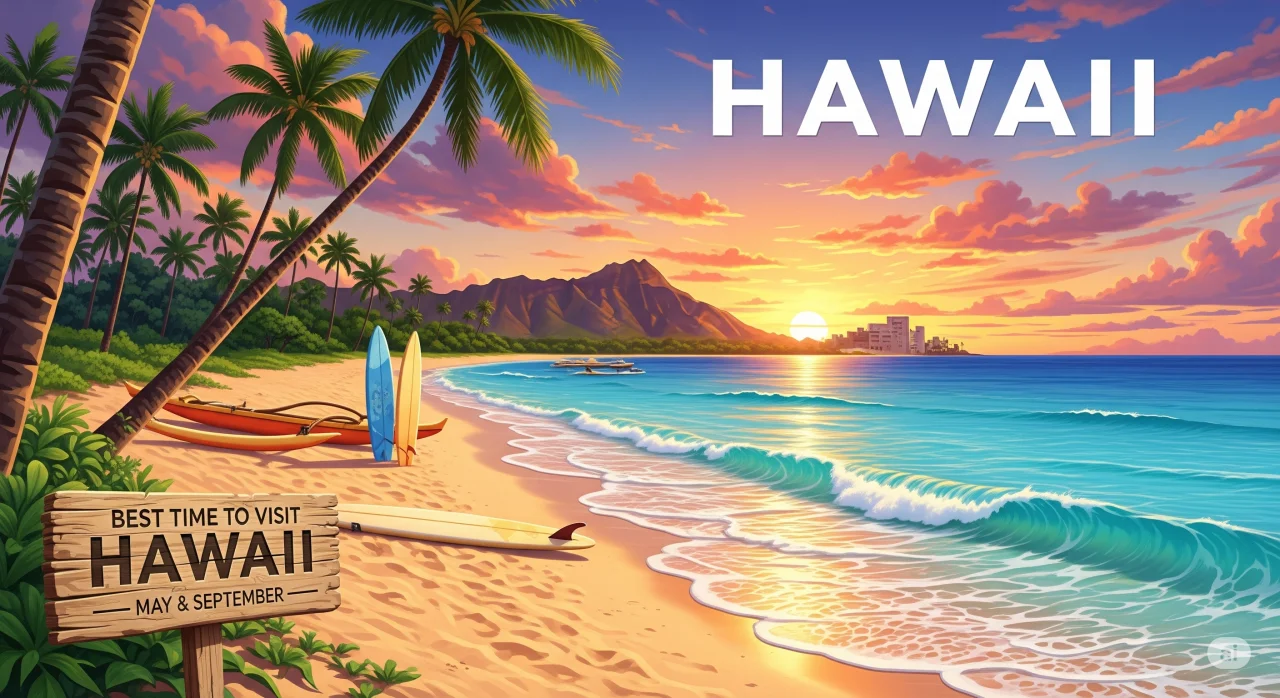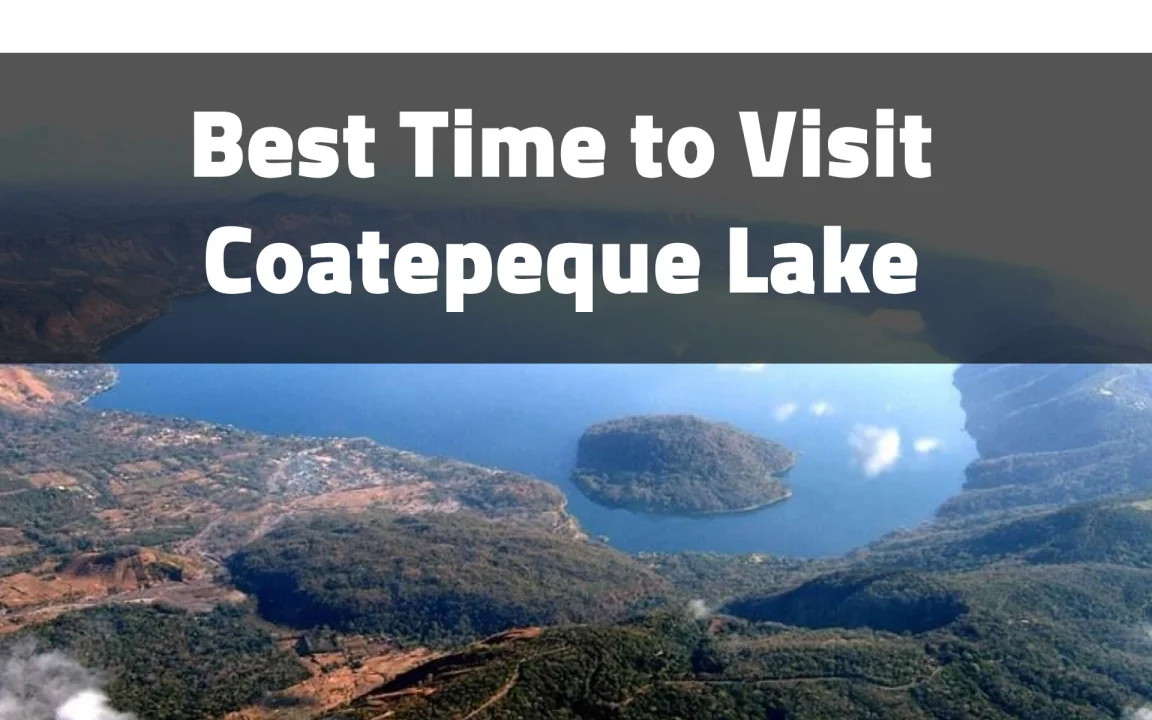If you’re planning your first trip to Banff, summer (June to August) is the perfect time to go. During these months, Banff comes alive with warm weather—average highs around 20°C (68°F)—and long daylight hours that let you make the most of every day. You can hike stunning trails like the Plain of Six Glaciers, paddle a canoe across the breathtaking turquoise waters of Lake Minnewanka, or spot wildlife like elk, bears, and bighorn sheep in their natural surroundings. Plus, summer brings fun events like the Banff Summer Arts Festival, adding a lively cultural twist to your visit. It’s the best season to dive into Banff’s incredible natural beauty and endless outdoor adventures.
Sure, summer is peak season with more visitors, but don’t let that stop you—the payoff is unbeatable for a first-time experience. You’ll get to see iconic spots like Lake Louise and Moraine Lake at their most vibrant and accessible. To beat the crowds, book your stay early and explore quieter areas like Bow Valley Parkway or Johnston Canyon. Visiting Banff in summer gives you a front-row seat to the Canadian Rockies at their absolute best—trust me, you won’t regret it!
Banff, nestled in the heart of the Canadian Rockies, is a destination that captivates visitors with its breathtaking natural beauty. From the turquoise waters of Lake Louise to the rugged peaks of Mount Rundle, Banff offers a diverse range of experiences for every type of traveler. Whether you’re an adventure seeker, a nature lover, or simply looking for a peaceful retreat, Banff has something to offer year-round. But when is the best time to visit this stunning location? In this guide, we’ll explore the unique charms of each season in Banff to help you decide the perfect time for your trip.
A Comprehensive Guide about Banff
Banff’s climate features cold winters and mild summers, with each season bringing its own unique appeal. Here’s a breakdown of what to expect throughout the year:
Winter (December to March)
- Weather: Cold and snowy, with average highs around -5°C (23°F) and lows around -15°C (5°F).
- Activities:
- Skiing and snowboarding at world-class resorts like Lake Louise, Sunshine Village, and Norquay.
- Snowshoeing, ice skating on frozen lakes, and dog sledding.
- Banff Winter Festival in January, featuring ice carving competitions and snow sculptures.
- Chance to see the Northern Lights.
- Why Visit: Winter transforms Banff into a snowy paradise, ideal for snow sports enthusiasts and those seeking a magical winter escape.
Spring (April to May)
- Weather: Milder temperatures, with average highs around 10°C (50°F) by May.
- Activities:
- Wildlife spotting, including bears, elk, and bighorn sheep.
- Hiking on trails that open as the snow melts.
- Photography with stunning contrasts of snow-capped peaks and emerging greenery.
- Why Visit: Spring offers a quieter experience with fewer tourists and the beauty of nature awakening after winter.
Summer (June to August)
- Weather: Warm and pleasant, with average highs around 20°C (68°F).
- Activities:
- Hiking on trails like the Plain of Six Glaciers.
- Canoeing or kayaking on Lake Minnewanka and the Bow River.
- Banff Summer Arts Festival in July and August, showcasing music, theater, and visual arts.
- Why Visit: Summer is peak season, perfect for outdoor adventures and enjoying Banff’s vibrant atmosphere, though it’s the busiest time.
Fall (September to November)
- Weather: Cool, with average highs around 10°C (50°F) in September, dropping to 0°C (32°F) in November.
- Activities:
- Scenic drives along the Icefields Parkway.
- Photography of stunning fall foliage in shades of red, orange, and yellow.
- Hiking with fewer crowds and cooler temperatures.
- Why Visit: Fall is a photographer’s dream and offers a peaceful retreat with breathtaking colors.
Recommendation: For fewer crowds, consider late spring (May) or early fall (September).
Practical Information
Getting to Banff
- By Air: Fly into Calgary International Airport (YYC), about 1.5 hours’ drive from Banff.
- By Car: Rent a car in Calgary or take a shuttle (e.g., Banff Airporter) via the Trans-Canada Highway (Highway 1).
Accommodation
- Luxury: Fairmont Banff Springs, Rimrock Resort Hotel.
- Mid-Range: Banff Ptarmigan Inn, Moose Hotel & Suites.
- Camping: Tunnel Mountain, Two Jack Lakeside.
Park Pass
- A park pass is required to enter Banff National Park. Purchase a day pass or annual pass at the park gates or online.
What to Pack
- Winter: Warm, waterproof clothing, heavy coat, gloves, hat, insulated boots, and ski gear.
- Spring: Layers, waterproof jacket, hiking boots, and a hat for sun protection.
- Summer: Light clothing, sweater for evenings, and comfortable hiking shoes.
- Fall: Layers, warm jacket, and hiking boots for cooler weather.
Conclusion
Banff is a destination that shines in every season. Winter offers a snowy wonderland for skiers and snowboarders, spring brings renewal and quieter trails, summer is perfect for outdoor exploration and vibrant events, and fall dazzles with stunning colors and tranquility. Whenever you choose to visit, Banff’s natural beauty and welcoming spirit will leave you with unforgettable memories. Start planning your trip to this Canadian Rockies gem today!

